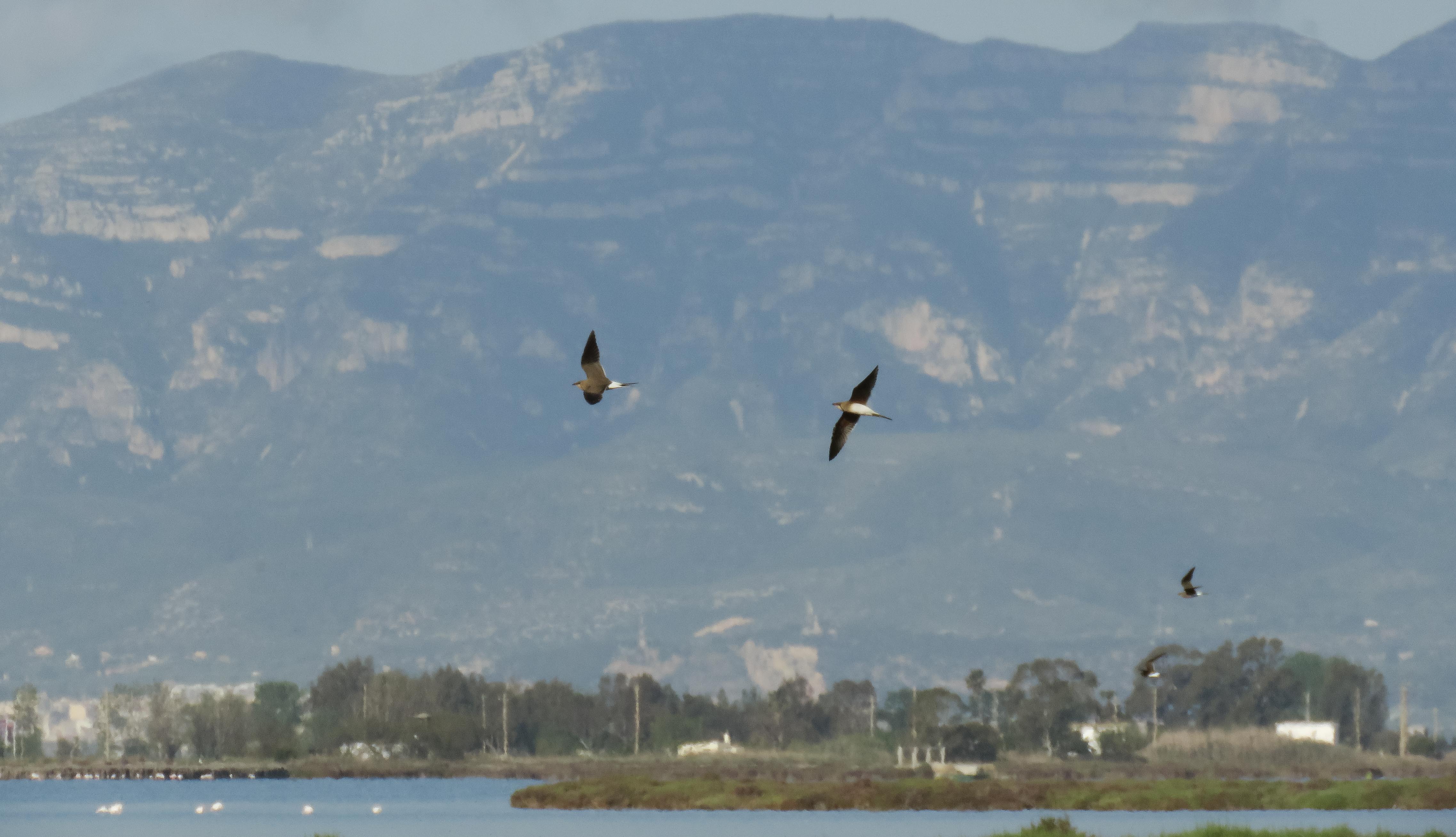Little Egret 1W
Scoter 5E
Kestrel 1W
Mediterranean Gull 4W ad summers
Black-headed Gull c.20W
Sandwich Tern 11E
Auk sp. 1E, 1 on sea
Swift 4W
Pied Wagtail 4E
Willow Warbler 2
Lesser Whitethroat 1
Whitethroat 20
Raven 1 juv.
Corn Bunting h
Seal 1
 |
| View near Plumpton |
 |
| Fox at Birling |
 |
| Marbled Whites at Birling |





 |
| Adult (3CY+) male Continental Stonechat S. t. rubicola at Beachy Head, East Sussex. July 2011. Whilst Continental Stonechat S. t. rubicola has yet to be formally admitted to the British List, there is a general consensus of opinion that S. t. rubicola is the closest match to such bright male Stonechats. Typically they show a restricted, though still bright, orange patch on the breast, extensive white neck-sides and inner wing-covert patches; and large areas of white on the rump and uppertail-coverts (Stoddart 2009).
Male Continental Stonechat S. t. rubicola resemble male Siberian Stonechat S. t. maurus but (Hellstrom and Waern 2011) draws attention to the fine dark shaft-streaks on the rear flank just above the legs describing it as a feature more commonly seen in rubicola than maurus.
As there is no visible moult contrast in the greater coverts this male can be aged as an adult rather than a first-summer. It is entirely consistent for an adult to show a distinct brownish hue to its worn adult wing (especially the primaries) (Hellstrom and Waern 2011).
In flight, its large white shoulder patches and large area of white on the rump are conspicuous. However, the pure white part of the rump is rather restricted and does not extend onto the lower back all of which is considered consistent with S. t. rubicola (Hellstrom and Waern 2011). |

 |
| Juvenile male Continental Stonechat S. t. rubicola at Beachy Head, East Sussex. July 2011. The white inner greater covert sexes this juvenile as a male. As breeding has been documented for S. t. rubicola in Essex (Dally 2001) and on Scilly (Siddle 2001) it should be expected elsewhere and (Walker 2001) considered that closer scrutiny of the few breeding birds in Kent and East Sussex may prove interesting. |
 |
| Tachina grossa at Belle Tout |


























